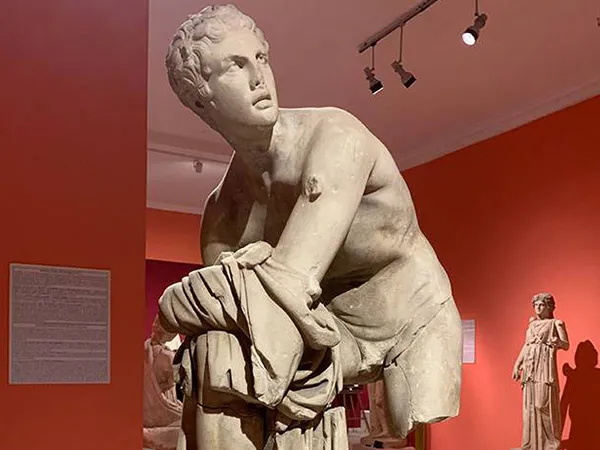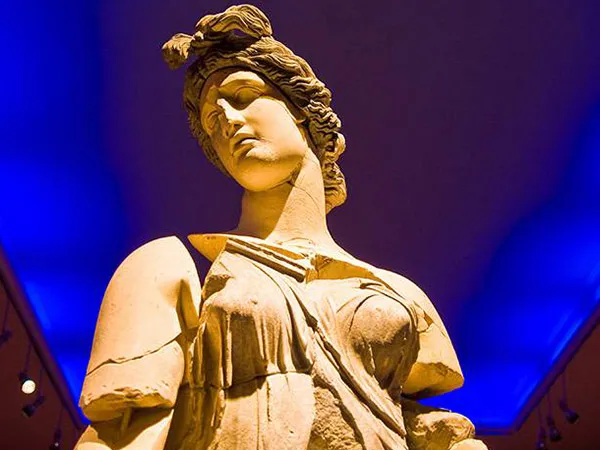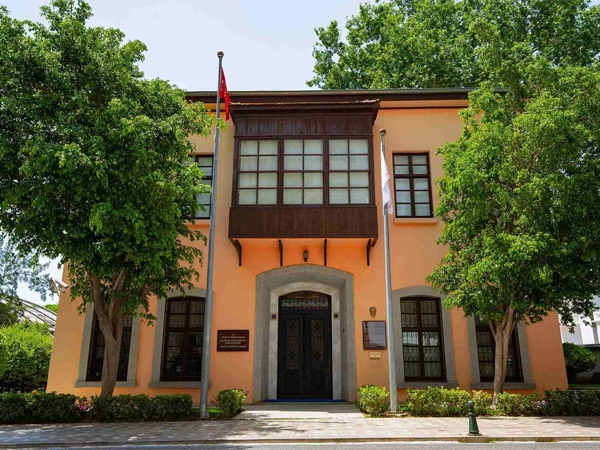Where is Antalya Museum?
Antalya Museum is located in the Konyaaltı district of central Antalya. The museum, which is very close to the city center, is an important venue showcasing Antalya's historical and cultural heritage.
How to Get to Antalya Museum?
You can reach Antalya Museum using public transportation or private vehicles from the city center. Buses or trams can easily take you to the museum. Additionally, you can access the museum by taxi or rental car from Antalya Airport.
History and Importance of Antalya Museum
Established in 1922, Antalya Museum is one of Turkey's largest and most significant museums. The museum houses an extensive collection ranging from the Prehistoric period to the Roman era. The exhibits are arranged to reflect the characteristics of the displayed periods.
Artifacts to See at Antalya Museum
The museum's rich collections include sculptures, mosaics, sarcophagi, and archaeological finds. The sculptures brought from the ancient city of Perge are particularly notable. Additionally, the ethnography section of the museum offers insights into the traditional life of Antalya and its surroundings.
Antalya Museum Visiting Hours and Entrance Fee
Antalya Museum can be visited during different hours in summer and winter seasons. Generally, the museum is open every day of the week. For the latest visiting hours and entrance fee information, visit the museum's official website.
Touristic Importance of Antalya Museum
Antalya Museum is an ideal destination for those who want to explore the historical and cultural richness of the region. With its rich collections and impressive display techniques, the museum offers an unforgettable experience to its visitors.









